Understanding Tarantula Molting
Tarantula molting is a fascinating and essential part of their life cycle. This process, also known as ecdysis, is how these incredible arachnids grow and renew themselves. As tarantulas grow, their exoskeletons, which are made of chitin, become too small. Molting is the solution, allowing the tarantula to shed its old skin and reveal a new, larger one. Understanding the intricacies of molting is vital for any tarantula owner to provide proper care and support during this vulnerable time. This guide will provide you with the knowledge you need to navigate this critical period in your tarantula’s life, ensuring its health and well-being.
What is Molting
Molting is a natural process where a tarantula sheds its exoskeleton. The exoskeleton provides protection and support, but it doesn’t grow. Therefore, the tarantula must shed the old one to accommodate growth. The process starts with the formation of a new, soft exoskeleton beneath the old one. Enzymes are then released to separate the old exoskeleton from the new one. The tarantula absorbs water, causing the old exoskeleton to split open, usually along the carapace (the top part of the body). The tarantula then slowly wriggles out of the old skin, leaving behind a perfect, though empty, replica of itself. This entire process can take anywhere from a few minutes to several hours, depending on the tarantula’s size and the conditions of its environment.
Why Do Tarantulas Molt
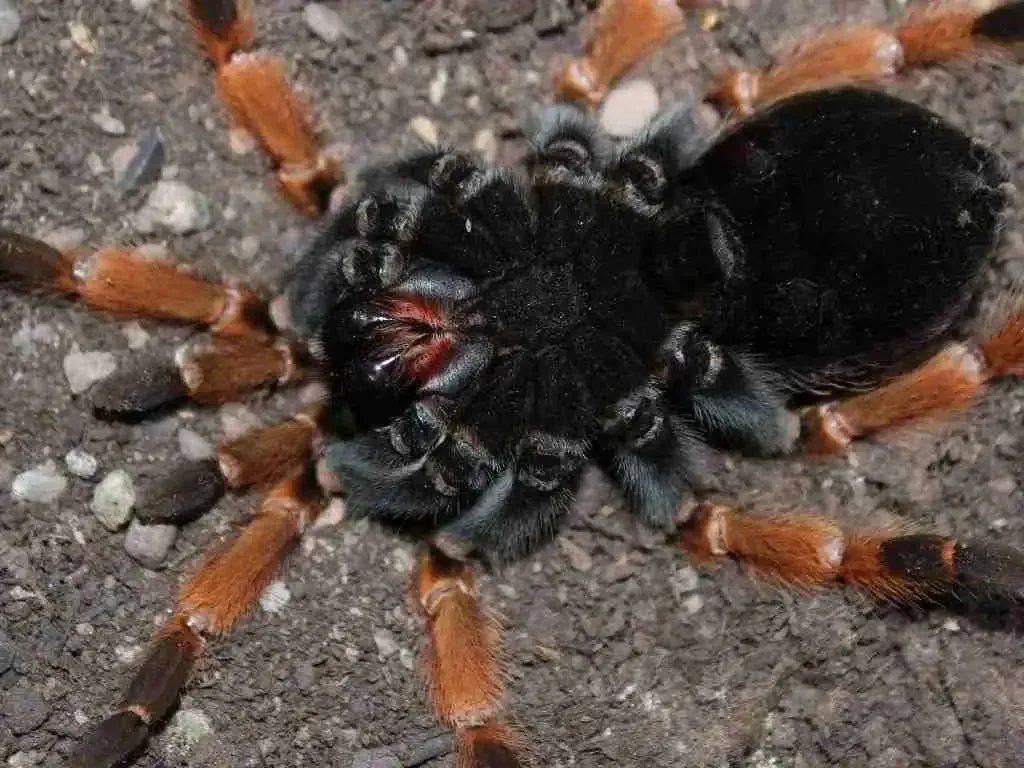
The primary reason tarantulas molt is to grow. As juveniles, they molt frequently, sometimes every few weeks or months. This allows them to increase in size rapidly. As they mature, the frequency of molting decreases. Adult tarantulas may molt only once a year, or even less often. Aside from growth, molting also serves other important functions. It allows tarantulas to regenerate lost limbs, replace damaged sensory hairs, and get rid of parasites. The new exoskeleton is also typically brighter and more vibrant than the old one, adding to the tarantula’s overall health and appearance. Molting is, therefore, a sign of a healthy and thriving tarantula.
The Molting Process Step-by-Step
The molting process is a complex sequence of events that a tarantula undergoes to shed its exoskeleton. Understanding each stage can help you recognize when your tarantula is preparing to molt and what steps you need to take to support it. The process begins internally with the formation of a new exoskeleton beneath the old one. This new exoskeleton is soft and flexible initially, gradually hardening over time. The old exoskeleton then starts to detach from the tarantula’s body. The tarantula will often stop eating and may become lethargic during this stage. It may also spend more time in its hide or burrow, preparing for the molt. Finally, the old exoskeleton splits open, and the tarantula slowly pulls itself out. This is the most vulnerable part of the process.
Pre-Molting Signs
Recognizing pre-molting signs is crucial for providing the best care for your tarantula. One of the most common signs is a change in behavior. Your tarantula may become less active, spend more time hiding, and refuse to eat. The abdomen may appear darker and more swollen, as the new exoskeleton is forming beneath. You might also notice a change in the tarantula’s coloration, with the old exoskeleton appearing duller. Sometimes, you may also see the tarantula preparing its enclosure by webbing it up more than usual or blocking its burrow entrance. These behaviors are all indicators that your tarantula is getting ready to molt, and you should adjust your care accordingly to minimize stress.
Creating the Right Environment
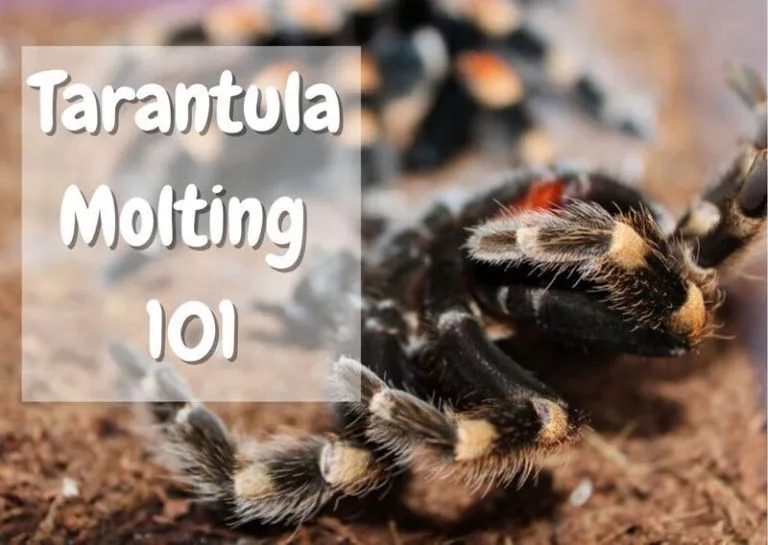
Creating the right environment is essential for a successful molt. The enclosure should be spacious enough for the tarantula to maneuver and molt without obstruction. Provide a substrate that is deep enough for the tarantula to burrow if it chooses to. The substrate should also be kept slightly humid, but not overly wet. A humid environment will help the tarantula to shed its old skin more easily. Make sure the enclosure is free from any hazards, such as sharp objects or items that could fall and injure the tarantula during the molting process. Avoid disturbing the tarantula during this time, and provide it with a quiet, stress-free environment.
Helping Your Tarantula During Molt
While you shouldn’t directly interfere with the molting process, there are steps you can take to support your tarantula. Maintain the correct temperature and humidity levels to make the process easier. Ensure that the enclosure is clean and free from potential hazards. Do not feed your tarantula during the pre-molting and molting stages, as it will not eat. Avoid handling or disturbing the tarantula. Most importantly, be patient. Molting can take time, and it’s important to allow your tarantula to go through the process naturally. If you’re concerned about a problem, seek advice from a veterinarian specializing in exotic animals or an experienced tarantula keeper.
What if Your Tarantula Molts Standing Up
It’s more common for tarantulas to molt on their backs, but they can sometimes molt standing up, or in other awkward positions. While concerning, a standing molt isn’t always a sign of immediate danger. Observe your tarantula closely. Ensure that the environment supports the molt. Make sure humidity is correct and the enclosure is free from disturbances. Sometimes, a standing molt is simply a result of the tarantula finding a suitable position. As long as the tarantula successfully sheds its old skin, there is usually no cause for alarm. However, if your tarantula struggles for an extended period, or if you see signs of distress, consult an expert.
Post-Molting Care
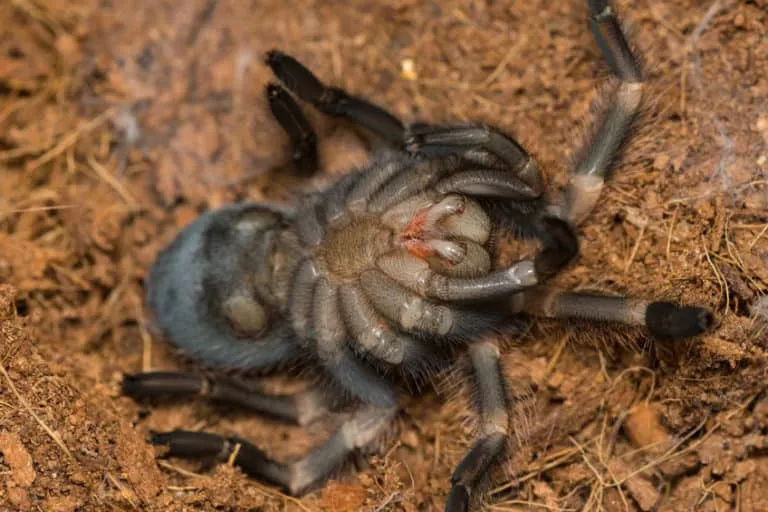
Once your tarantula has successfully molted, it is still in a vulnerable state. The new exoskeleton takes time to harden, and the tarantula may be more susceptible to injury. Providing appropriate post-molting care is essential for its well-being and development. Your tarantula will be considerably softer. It will take several days or weeks for the new exoskeleton to fully harden. You should adjust your care to accommodate this.
Feeding Your Tarantula After Molting
After molting, your tarantula will be extremely hungry. However, it’s crucial to give its fangs and exoskeleton time to harden before offering food. Wait for at least a week, or until the fangs are fully colored and the new exoskeleton appears firm. Start by offering smaller, softer prey items, such as mealworms or freshly killed crickets. This is to prevent damage to the new exoskeleton, which is still forming. Gradually increase the size of the prey as the tarantula’s exoskeleton hardens. Always ensure that the prey is no larger than the tarantula’s abdomen.
Handling and Observation
Handling your tarantula should be avoided immediately after a molt. The new exoskeleton is soft and easily damaged. Even a minor fall can be fatal. Allow the tarantula a few weeks to fully harden before attempting to handle it. When you do handle your tarantula, do so cautiously and gently. Be aware of its potential to bite or flick urticating hairs. Regularly observe your tarantula for any signs of illness or injury. Check its exoskeleton for any abnormalities, and ensure it is eating well and behaving normally. Early detection of any problems can improve your pet’s health.
Common Molting Problems and Solutions
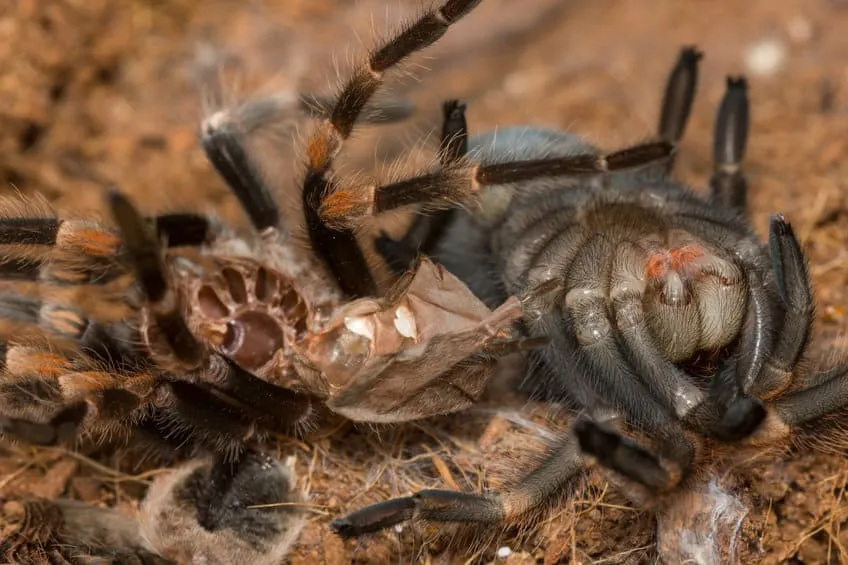
While molting is a natural process, there are certain problems that can arise. Being aware of these problems and understanding how to address them is crucial for ensuring the health and well-being of your tarantula. A common issue is a failed molt, where the tarantula struggles to shed its old skin. Other issues may include dehydration, which can make the molting process difficult, or environmental factors that can interfere with the process. In the following section, we will explore the most common problems and offer advice on how to prevent and address them.
Failed Molts
A failed molt is when a tarantula is unable to fully shed its old exoskeleton. This can be caused by a variety of factors, including low humidity, unsuitable temperature, or nutritional deficiencies. If your tarantula is struggling to molt, you may see it trying repeatedly to pull free of its old skin, or it may become stuck in its molt. In such cases, the most important action is to ensure the correct humidity and temperature levels in the enclosure. You can mist the enclosure lightly to increase humidity, but be careful not to over-saturate it. If the tarantula has been struggling for a while, consider consulting an expert. Sometimes a gentle, controlled intervention is required to assist the tarantula. Avoid pulling on the tarantula, as this can cause serious injury. The key is to provide a supportive environment and avoid unnecessary interference.
Dehydration
Dehydration is another common problem that can lead to molting difficulties. A dehydrated tarantula will have difficulty separating its old exoskeleton from its new one. Signs of dehydration include a shrunken abdomen, lethargy, and difficulty molting. To prevent dehydration, ensure that your tarantula has access to a shallow water dish filled with fresh water. Also, make sure that the substrate is slightly humid, but not overly wet. If your tarantula appears dehydrated, you may mist the enclosure lightly, but avoid spraying the tarantula directly. Monitor your tarantula closely, and address dehydration immediately to prevent molting problems. A healthy tarantula is more likely to molt successfully.
Conclusion
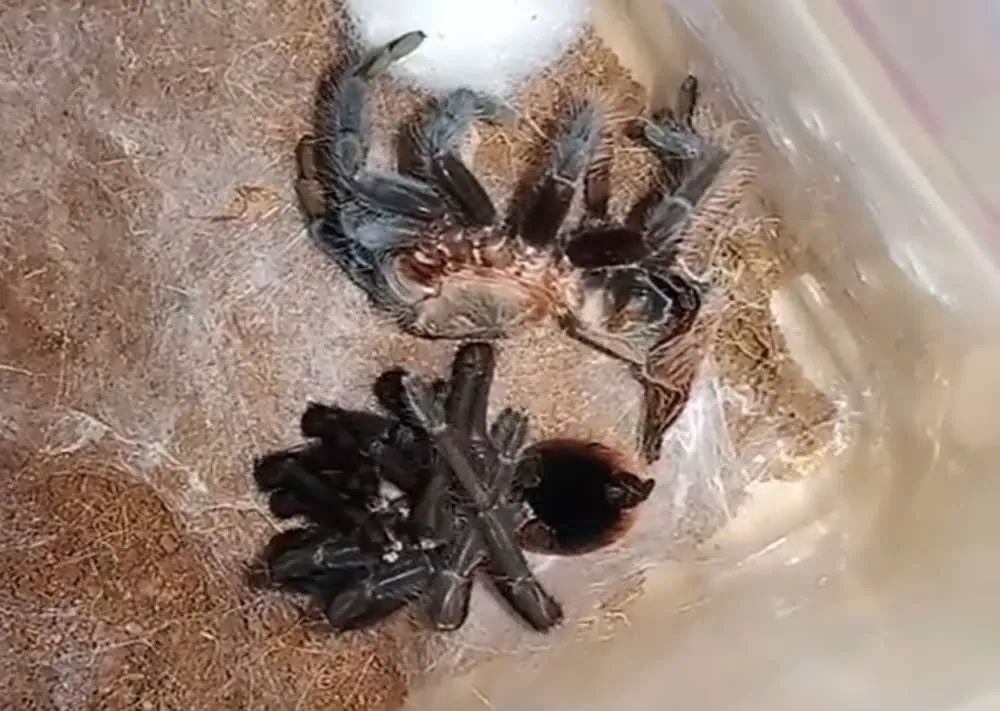
Molting is a natural and vital part of a tarantula’s life. By understanding the molting process, recognizing the signs of pre-molting, and providing the right care, you can help your tarantula molt successfully and thrive. Remember to create the right environment, avoid disturbances, and be patient. Should problems arise, seek expert advice. With the right knowledge and care, you can enjoy many years with your fascinating tarantula, watching it grow and transform through each molt. Embrace the wonder of this amazing process and enjoy the experience of being a responsible tarantula owner.
